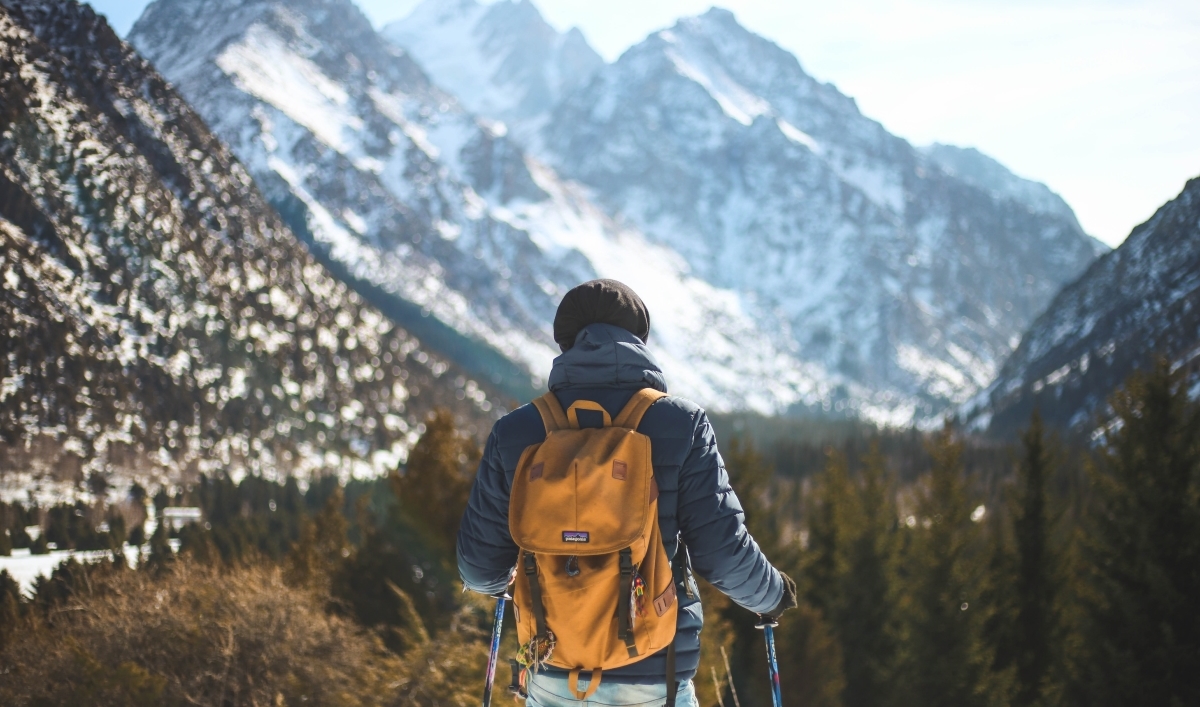
For many people, first aid kits are something they never think they'll need. Until they do. Hiking can be a risky business at times, especially on broken or slippery ground and even more so in mountainous terrain. Whie a first aid kit might add a little bit of extra weight and take up some space (unless you secure it to the outside of your backpack), they can make your journey back to civilisation much easier if you pick up a minor injury and could be lifesaving if you have a mjaor accident. We're going to take a look at some of the contents of our new Adventurer First Aid Kit and take a look at why you might need them.
1. Plasters and moist wipes
Unless it's on your foot or a joint, you can probably survive a minor cut and graze without it slowing you down too much. A small cut is harmless, right? While you won’t bleed to death, consider your surroundings. You’re in the great outdoors, and you could be splashing through streams and getting covered in mud. But the truth is, even at home, if you’re unlucky and you’re not careful, your wound, no matter how small, can get infected. This can make you seriously ill, and in the worst of cases, trigger sepsis – a life-threatening condition. You’re really better off just cleaning those cuts and applying a plaster. Our eyewash pods can be used to rinse out wounds if necessary. Consider adding some antiseptic cream to your kit before you set out.2. Blister dressings
There's nothing worse than getting blisters halfway through a long hike. You’ve still got a long way to go, and each and every step is going to hurt. That’s why our kit contains blister dressings. These cushion the blister, reducing pain, and help your heels heal. You’ll be glad you brought them.3. BurnStop sachets
Heating up some baked beans on the campfire and scald yourself? The usual advice is to run your burn under cool, clean running water for ten minutes, but there aren’t many taps on the side of mountains. Instead of pouring all your drinking water onto it, you can use a BurnStop sachet. The gel cools the burn and soothes pain, and helps prevent contamination. It’s suitable for both superficial and partial thickness burns.4. Tick remover
Ticks are tiny blood-sucking arachnids which live in grass and woodland areas, waiting on vegetation for an animal or human to brush past so they can latch on. These creatures feed on your blood until they swell up to the size of baked beans. The bites are painless, but tick bites can get infected, and ticks can transmit diseases – most notably, Lyme disease. Lyme can be serious if it goes untreated.The best thing is to remove ticks as soon as possible. However, ticks are tiny and have to be extracted delicately, otherwise you risk breaking off their mouthparts in the wound or making the creature vomit bacteria into it. Our Adventurer First Aid Kit contains a special tick removal tool, enabling you to remove ticks safely. Step-by-step instructions for removing ticks are included on the packaging. Learn more about ticks here.
5. Wound dressings and bandages
Should you suffer a more serious wound, whether you fall onto a jagged rock or cut yourself with a Swiss army knife, wound dressings will help you stop the bleeding and protect your wound whilst you reach help or wait for help to arrive. In cases of serious bleeding, this could even save your life. The triangular bandage can be used as a sling to support injured limbs, while crepe bandages can help immobilise fractured or broken bones.6. Foil blaket and emergency whistle
Should you be injured or stranded, a foil blanket can help you keep warm until help arrives. While they look flimsy, foil blankets reflect over 90% of radiated body heat. They are ideal for helping prevent hypothermia and for treating casualties who are in shock due to blood loss. The emergency whistle can help you attract attention from passers-by or rescuers if you are in trouble and need assistance.7. Instant cold pack
The NHS advice for treating muscle sprains is RICE therapy: rest, ice, compression, and elevation. If you sprain a muscle on the trail, especially if it’s in your leg, it may be impossible to stop exercise and avoid putting further weight on the injury. But thanks to our instant cold packs, you can apply cold therapy to the muscle to reduce pain and swelling. Our cold packs activate instantly when squeezed, giving you cooling wherever you are, even in the middle of a desert! You can also use a crepe bandage to apply compression to the injury.We’ve covered many, but not all, of the items included in the Adventurer First Aid Kit. If you’re going to be in the wilderness for a long time, are travelling in a group, or are travelling to particularly remote or high-risk areas, take a look at our Adventurer Plus Kit which has twice as many of most items and also includes special clothing cutters.
By Sophie
Explore more:
